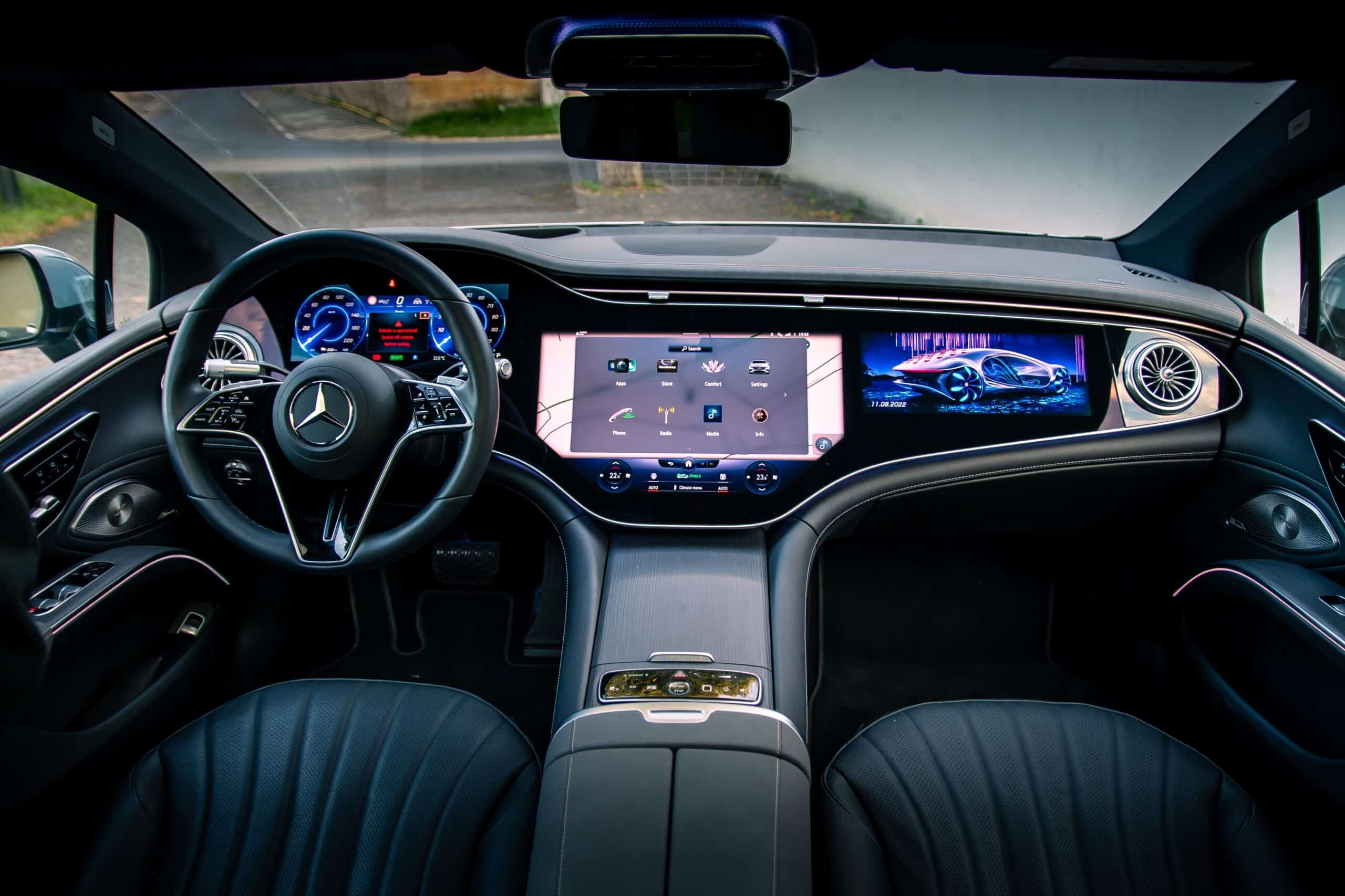The move will allow the carmaker to offer advanced navigation features and boost its competition with Tesla and Chinese automakers. The move comes as carmakers old and new race to match Tesla’s software-powered capabilities, including self-driving and battery range updates.
Mercedes’ collaboration with Google will provide traffic information and automatic rerouting in its cars and enable drivers to watch YouTube on the entertainment system when parked or in Level 3 autonomous driving mode. This mode allows drivers to take their eyes off the wheel on certain roads as long as they can resume control if necessary.
Mercedes is also working with semiconductor maker Nvidia to reduce the upfront costs of buying expensive, high-powered semiconductors.
Also read: Tesla’s Autopilot runs from German police with driver asleep
By sharing revenue with Nvidia, the German carmaker aims to bring down costs
It can do so while maximizing joint revenue, even if drivers do not use every feature enabled by the chip. Customers paying for an extra option package will have Lidar sensor technology and other hardware for automated Level 3 driving, but this comes at a higher variable cost.
Mercedes owns a small stake in self-driving sensor maker Luminar Technologies, which has struck a multi-billion dollar deal with the carmaker to integrate its sensors across a range of vehicles by the middle of the decade.
Mercedes’ announcements were made during a software update day in Sunnyvale, California. The company detailed its move from a patchwork approach integrating software from various suppliers to controlling the core of its software and bringing partners in.
Mercedes generated $1.06 bln from software-enabled revenues in 2022
After rolling out its new MB.OS (operating system), the company expects that figure to rise to a high single-digit billion euro figure by 2030. All vehicles on Mercedes’ upcoming modular architecture platform will have so-called “hyperscreens” extending across the car’s cockpit, providing an immersive digital experience for drivers.
Mercedes’ conservative estimate of software-enabled revenues as a proportion of total revenue differs from others like Stellantis and General Motors, which have put forward higher estimates.
According to Mercedes CEO Ola Kaellenius, “We take a prudent approach because no-one knows how big that potential pot of gold is at this stage.”
